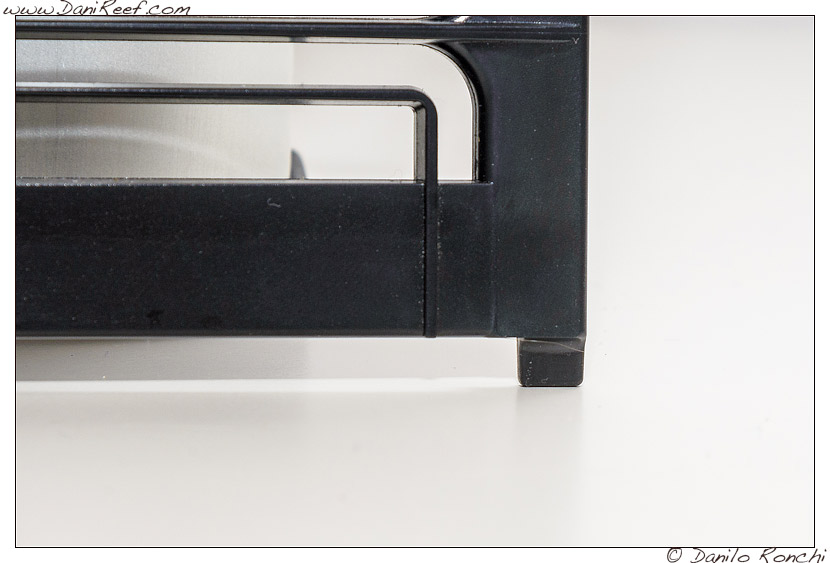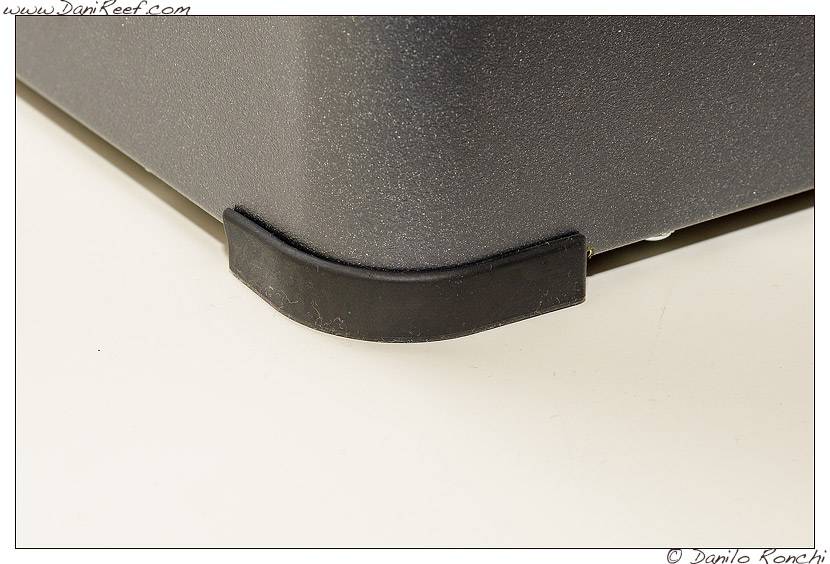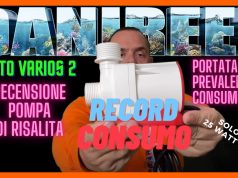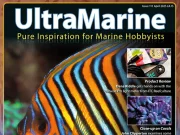Useful advices
The most important hack for the best functioning of the chiller surely is to place it in the best operative conditions. One of the biggest problems is that the chiller could cool the sump too quickly and that it wouldn’t spread in the tank with continuity.
In this regard it’s necessary that the flow is at most equal to the amount that the return pump can bring back into the tank. It’s not enough to check the technical data of the pumps, because the hydraulic head that the pump has to beat in order to bring the water back into the tank decreases the rate considerably.
At the end, the most important thing for optimizing the functioning should be placing the supply pump of the chiller right under the return of the water. In this way it would always be invested by “hot” water coming from the aquarium. Otherwise you risck to cool down the sump too quickly and by that you’ll create cold zones in sump without managing to move the cold water in the aquarium.
Creative alternatives may be to use the return pump at first to supply the chiller and then to move the water in the aquarium, or to place the return hose of the chiller in tank as a second return pump. In the first case you’d have to boost the return pump in order to consider the lack of power due to the hydraulic head, in second case it would be necessary to provide a powerful pump anyways. Last year I organized everything by using a return pump only, a Hydor Seltz D6000 (review) that conveyed all the flow inside the chiller and then directly into the tank.
Conclusions
The chiller Teco Tank TK 1000 can be found at indicatively 900 euro, an adequate price for the unit, but the price may vary from shop to shop.
The chiller is perfectly built and nothing has been left to chance. Thanks to the adoption of the new coolant r290 the unit is more efficient than the previous one and with less hot air out: the choice to put the vent above is flawless engineering. And technically is beautiful. During the tests we did the units behaved flawlessly. They handled 400 and 600 liters without any problem, even with 32-34°C, at least in my case.
The coil of the coolant is obviously in titanium, the chiller has a protection fuse in case of overcurrent or shot circuit, and it has front filter magnetically held up and of super easy to extrac that prevents dust from entering the coil. The attention in the construction is at the highest level and it’s remarkable even the choice of the plastics. The possibility of the teconnect is a great plus, it’s a pity it doesn’t come with the dotation.
With the use of the chiller the evaporation is reduced to the minimum, with different aspects: you will need to fill less the refill tank and you will have more autonomy in case you will have to stay far from the aquarium, like, for example, during a holiday, and then less water is wasted because there will be less demand. All with the big advantage to have a more stable temperature in aquarium at a not very high cost. If we assumed 8 hours of work per day for 4 months in summer (june – september), the cost would be a total of about 70 euro (8h*270w*120gg/1000*0.27€/kwh).
It’s obvious that the capacity of chilling is related to the temperature of the invironment and the temperature we want in the aquarium.
I’m sure that the chiller is a great purchase in any case, and the Teco TK 1000 r290 is a great chiller, very quiet for its power, very well built and, at least under the conditions of our test, very efficient.
What we liked
- Efficiency;
- Quality of the construction;
- Silence and consumption.
What we don’t like
- The lack of the heater thermostat integrated as in previous versions;
- The teconnect not in dotation;
- The display.
Chiller Teco TK 1000 r290
We really want to thank Teco for provinding us the chiller TK 1000 object of the test.




















